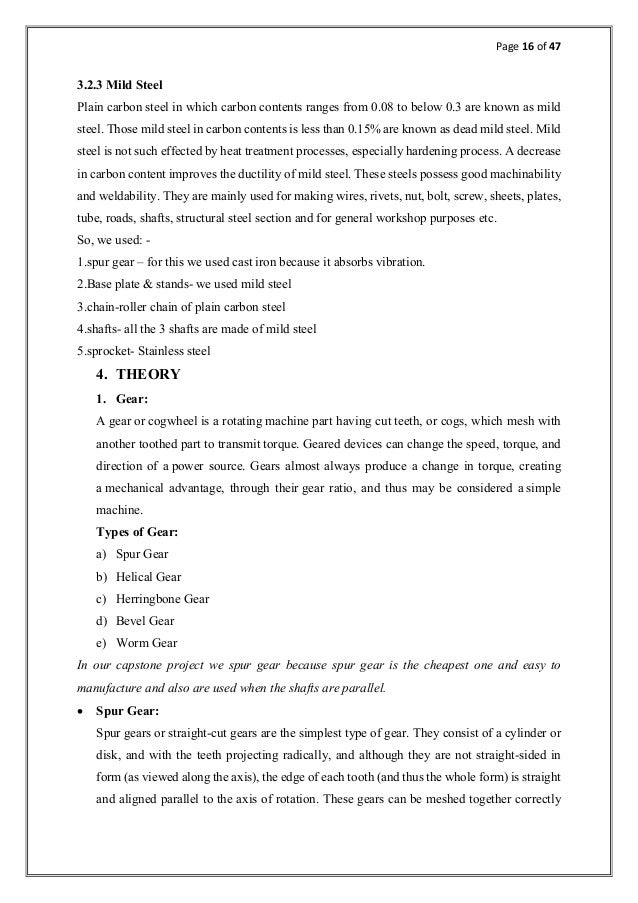Beginnings Gentle Motion Swing 5 Speeds Manual High School
Clavicle Fracture (Broken Collarbone). Improve range of motion of the shoulder 3. Begin gentle. STRETCHING / RANGE OF MOTION Days per week: 5-7 Times.
Classic Chevy 5 Speeds
. Axle compatibility: Does your front wheel have a standard 9mm quick-release?
Or a 15mm or 20mm through axle? Choose the correct axle dropout size for your wheel. Travel: Many bike frames are designed to work with a suspension fork featuring a specific amount of travel. The amount of travel will change the handling characteristics of the bike.
An older mountain bike may have an 80mm fork, which is hard to find now. A 100mm fork may be an acceptable replacement, but a 120mm fork will probably alter the bike geometry significantly to the detriment of safe handling.
In addition, some fully rigid bikes come with the correct frame geometry angle to upgrade to a suspension fork. Always check with your bike manufacturer for replacement fork recommendations. Steerer tube: A standard steerer tube (see components diagram, below) is straight with a 1-1/8” diameter. Very old bikes may have a 1” diameter tube; newer bikes may have a tapered or oversized steerer tube.

Make sure your new fork has a compatible steerer tube. Brake type: Most mountain bikes now have disc brakes. If you want to replace a fork that has rim brake mounts, your choices will be limited to some very basic suspension models unless you upgrade your wheel and brakes as well. Less weight: This is primarily achieved by moving from a coil to an air spring. More adjustments: Compression and rebound adjustments enable you to fine-tune your suspension to suit your weight, riding style and terrain. Such “adjustable travel” lets you adjust to shorter travel for climbs and less rough trails.
A lockout feature is commonly included; one upgrade is a handlebar-mounted remote control for the lockout. Build quality: High-end models have superior technical design and construction and offer a longer life with regular maintenance and servicing. Ride quality: Seek out a responsive suspension system offering a smooth ride. How will you know?
Comparing prices is a pretty reliable guide. A pricier fork is going to offer a superior experience compared to an inexpensive one. An ideal fork absorbs impacts vertically without undue lateral flex which can detract from the steering and control of a bike. The diameter of the stanchion tubes affects this lateral stiffness.
A narrow tube will flex more under the same force than a wider tube. Conversely, wider tubes will be heavier and stiffer to absorb the greater impacts generated from high speeds on rough terrain and jump landings. Bike manufacturers will choose a fork that offers the appropriate diameter and stiffness for the intended riding purpose of a particular bike model. A coil spring (wound steel coil) provides a linear compression rate, giving smooth, consistent impact absorption over the range of spring travel. Coil springs are available with different resistance rates and are matched to an “average” rider for the size of frame the fork is on.
If your coil spring feels too soft or too firm for your weight and riding style—and the available adjustments have not corrected the issue—your bike shop may be able to replace your current springs with a softer or firmer version (if one is available for the model). Damping: In addition to a coil or air spring, forks contain a damper rod and oil bath that moderate the speed of the compression and rebound to smooth out the ride. Adjustments may be available for both the compression and rebound.
Adjusting damping settings are referred to as “tuning the fork.” Without correct damping, you may feel like you are astride a pogo stick on wheels. Compression damping controls how quickly the spring absorbs an impact. Rebound damping controls the speed at which the fork re-extends after compression.

This reduces overly fast bounce-back. Rear suspension is only found on full-suspension mountain bikes, and is commonly referred to as the rear shock, or “shock” for short. The shock allows the rear wheel to soak up impacts, helping to keep the tire in contact with the ground, increasing rider control and decreasing rider fatigue. The rear frame triangle, which holds the rear wheel, will have one or more pivot points to enable the wheel to travel through a range of motion. The shock itself is located inside the main frame triangle, with one end attached to the ma.